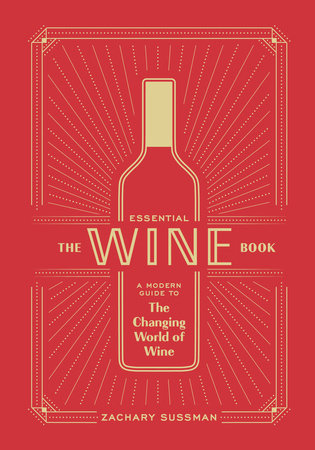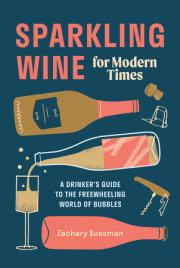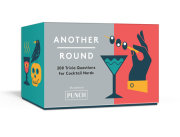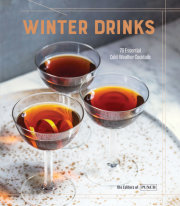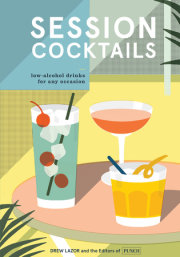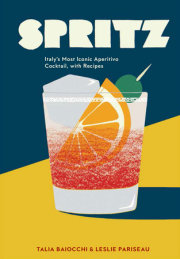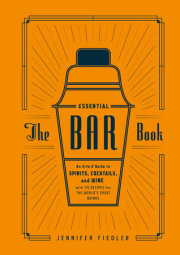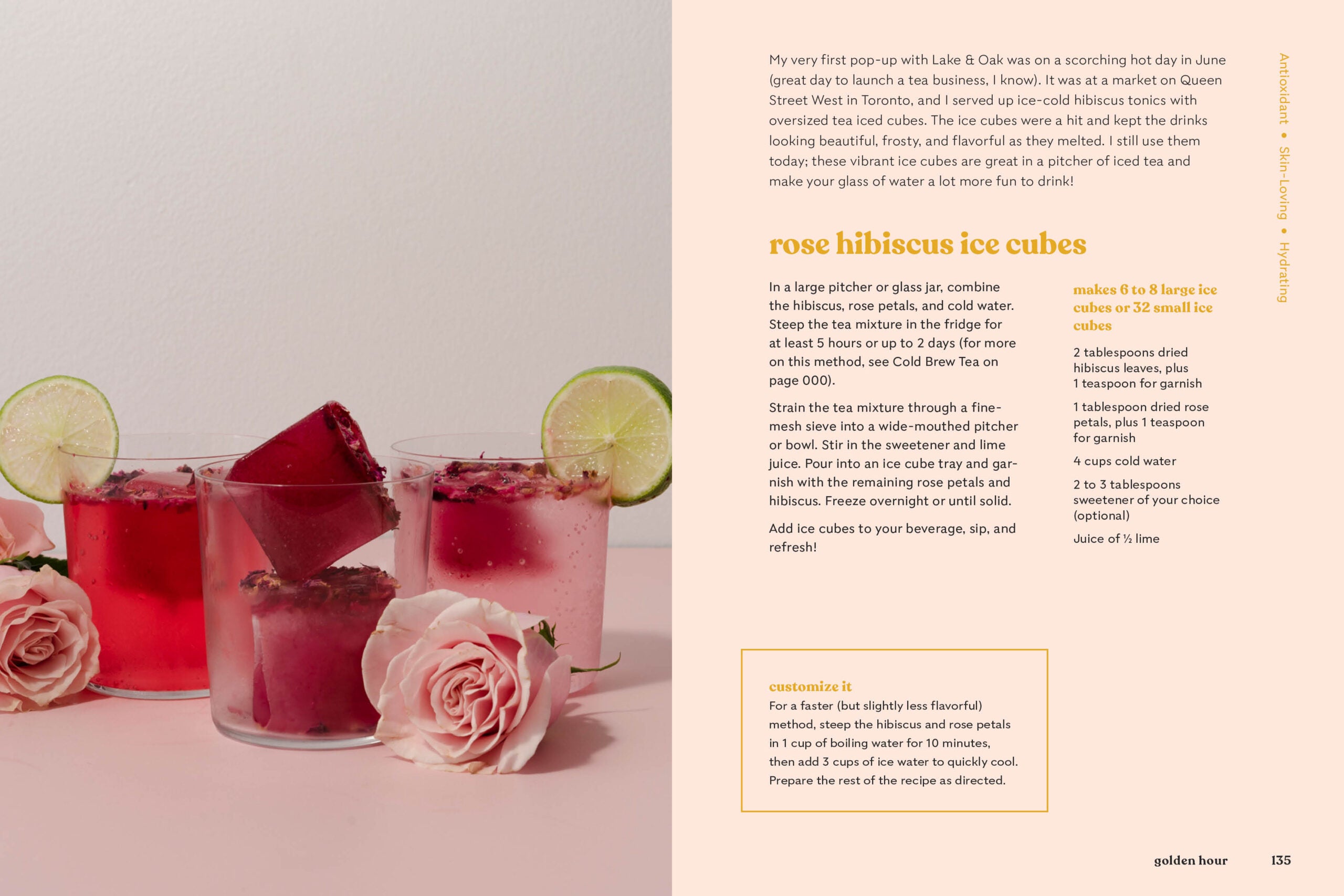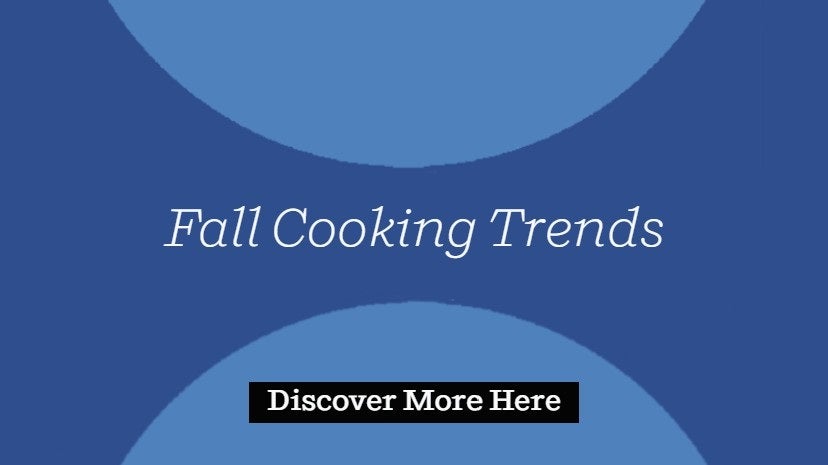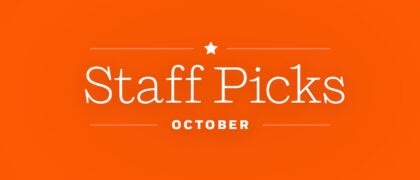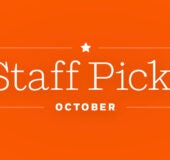IntroductionWhat Does "Essential" Mean Today? If you were to walk into the average upscale restaurant even just a couple of decades ago and order a bottle of wine, the available options would have likely conformed to a predictable set of references: namely, the usual roster of French classics (Burgundy, Champagne, Bordeaux) and, if you were lucky, perhaps a selection of Italy’s greatest hits (Brunello, Barolo) and blue-chip offerings from California.
Enter that same restaurant today and you’re sure to be bombarded by an astonishingly diverse range of bottles from across the globe, from Sicily and Croatia to Australia, the Canary Islands, the Republic of Georgia, and beyond. Never have we witnessed such an eclectic assortment of styles—Fizzy red Lambrusco? Skin-fermented orange wine? Nutty, oxidative whites aged for years under an active veil of yeast?—or such a dizzying spectrum of grapes. The cabernets and merlots our parents sipped have given way to a new influx of eclectic varieties: savagnin, assyrtiko, nerello mascalese, hárslevelu—the list goes on.
It is both a blessing and a curse to be alive and of legal drinking age at this moment of unrivaled variety. If the “world of wine” once encompassed a narrowly defined set of borders with fixed pedigrees and hierarchies of taste, the collapse of that old system has given way to a contemporary era of endless possibilities—and, potentially, of endless confusion.
Not only is there more diversity in the marketplace than ever before—disrupting the conventional wisdom about where great wine is supposed to come from—but the way we value wine has transformed as well. Rather than care about ratings or scores, the latest generation of drinkers is deeply concerned with authenticity, wanting to be clued into wine’s cultural and historical significance: who made it, where it comes from, what it has to say.
In the face of such rapid change, even the most dedicated enthusiasts and industry pros struggle to assimilate the constant stream of “next big things.” How, then, is the average consumer—someone with, by definition, a limited amount of bandwidth to commit to wine knowledge—expected to make sense of it all?
That question provides the point of departure for this book. It also speaks to the intrinsic challenges involved in writing an “essential” wine guide to our twenty-first- century drinking culture. In place of one authoritative canon of important regions and growers, we now have several competing and overlapping ones. There are passionate advocates of natural wine and “classic” wine, cult wine and trophy wine, traditional wine and modern wine, Basque wine and Chilean wine, Balkan wine and Californian wine. So how does one decide what qualifies as “essential” wine?
After much deliberation, the criteria adopted here define “essential” in terms of those categories deemed the most relevant and attentionworthy today, which drinkers are actually liable to encounter “in the wild”—on restaurant lists, at wine bars, and stacked on wine shop shelves. Rather than an encyclopedic reference manual, these pages aspire to be a practical field guide to our current wine Zeitgeist, asking not only why a specific wine matters but also how it fits into the larger conversation. What emerges is a functional, user-oriented overview of the way we drink right now.
As a result, certain omissions might provoke objections. Consider this a survey course, Essential Wine 101. The intended scope requires affording some regions minimal attention. Others, sadly, make no appearance at all. But this shouldn’t suggest they hold no interest. In fact, many of the great wines of the world have been excluded not because they’re unimportant but rather because rare Burgundy and first-growth Bordeaux remain accessible to only the select few capable of affording them. Equally absent are several of the obscure oddities and fringe gems that often grace the Instagram feeds of Brooklyn and Portland sommeliers but hold little utilitarian value for the majority of everyday drinkers.
Copyright © 2020 by Zachary Sussman. All rights reserved. No part of this excerpt may be reproduced or reprinted without permission in writing from the publisher.





